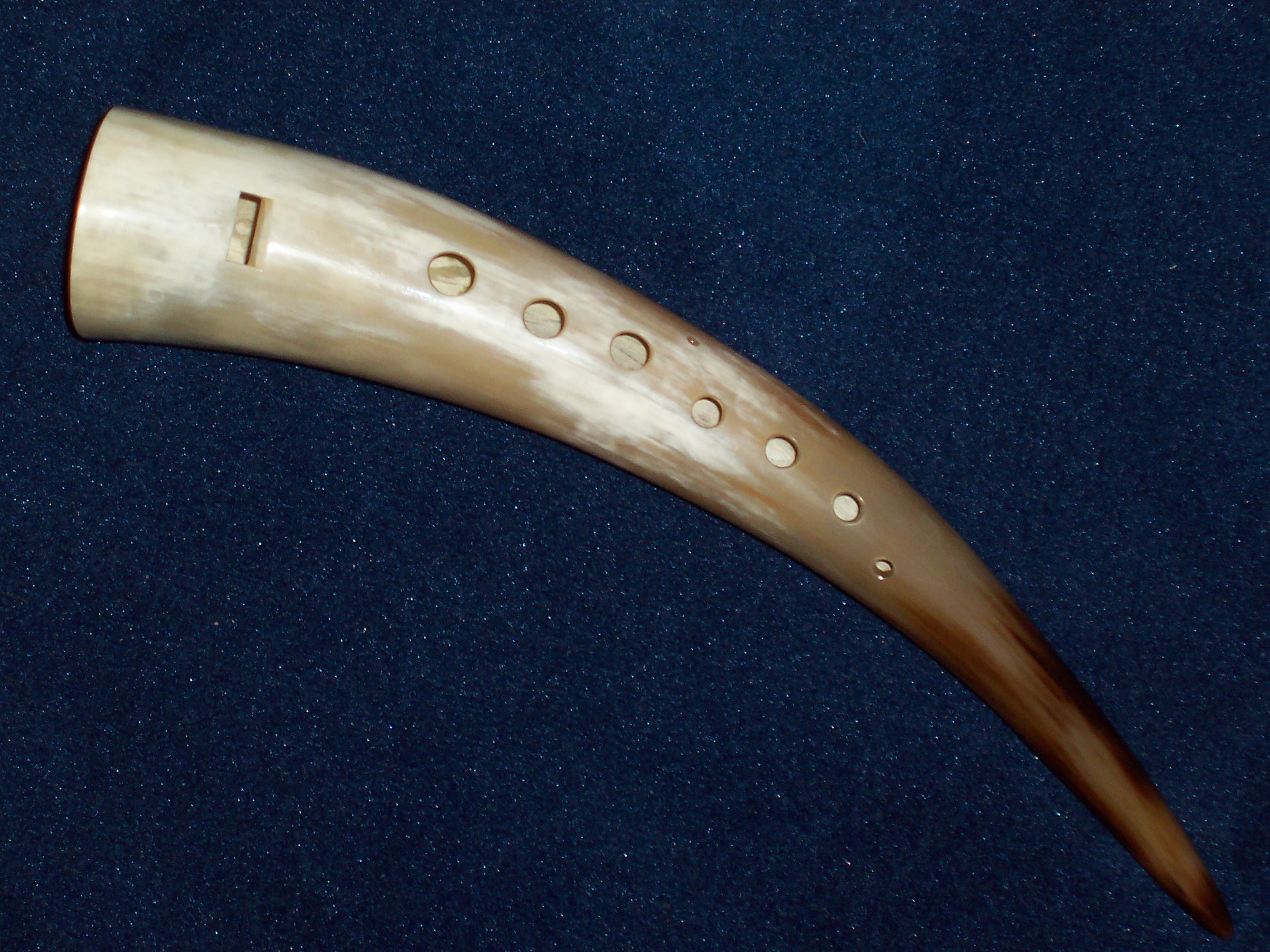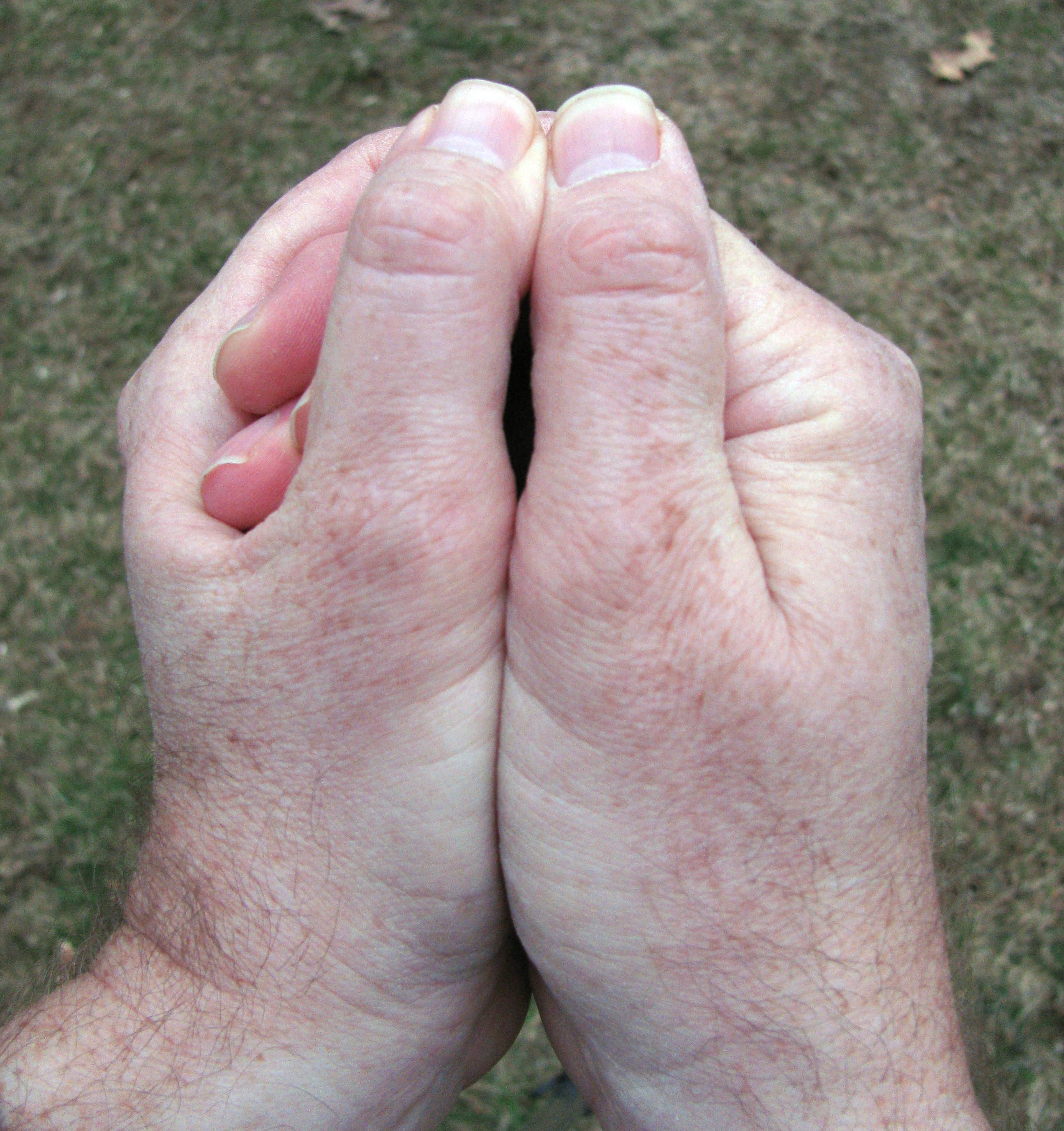|
Vessel Flute
A vessel flute is a type of flute with a body which acts as a Helmholtz resonator. The body is vessel-shaped, not tube- or cone-shaped; that is, the far end is closed. Most flutes have cylindrical or conical bore (examples: concert flute, shawm). Vessel flutes have more spherical hollow bodies. The air in the body of a vessel flute resonates as one, with air moving alternately in and out of the vessel, and the pressure inside the vessel increasing and decreasing. This is unlike the resonance of a tube or cone of air, where air moves back and forth along the tube, with pressure increasing in part of the tube while it decreases in another. Blowing across the opening of empty bottle produces a basic edge-blown vessel flute. Multi-note vessel flutes include the ocarina.For a linguistic analysis of the possible origins of the word ''ocarina'', cf. Perono Cacciafoco, Francesco. (2019). A Prehistoric 'Little Goose': A New Etymology for the Word 'Ocarina'. ''Annals of the University o ... [...More Info...] [...Related Items...] OR: [Wikipedia] [Google] [Baidu] |
Ocarinas
The ocarina is a wind musical instrument; it is a type of vessel flute. Variations exist, but a typical ocarina is an enclosed space with four to twelve finger holes and a mouthpiece that projects from the body. It is traditionally made from clay or ceramic, but other materials are also used, such as plastic, wood, glass, metal, or bone. History The ocarina belongs to a very old family of instruments, believed to date back over 12,000 years. Ocarina-type instruments have been of particular importance in Chinese and Mesoamerican cultures. For the Chinese, the instrument played an important role in their long history of song and dance. The ocarina has similar features to the Xun (塤), another important Chinese instrument (but is different in that the ocarina uses an internal duct, whereas the Xun is blown across the outer edge). In Japan, the traditional ocarina is known as the ''tsuchibue'' (kanji: 土笛; literally "earthen flute"). Different expeditions to Mesoamerica, in ... [...More Info...] [...Related Items...] OR: [Wikipedia] [Google] [Baidu] |
Xun (instrument)
The ''xun'' (; Cantonese= hyun1) is a globular, vessel flute from China. It is one of the oldest musical instruments in China and has been in use for approximately seven thousand years. The xun was initially made of stone, baked clay, or bone, and later of clay or ceramic; sometimes the instrument is made with bamboo. It is the only surviving example of an earth (also called "clay") instrument from the traditional "eight-tone" ( bayin) classifications of musical instruments (based on whether the instrument is made from metal, stone, silk, bamboo, gourd, earth, hide, or wood). Components The xun is an egg-shaped aerophone, containing at least three finger holes in front and two thumb holes in back. It has a blowing hole on top and can have up to ten smaller finger holes, one for each finger. It is similar to an ocarina but does not contain a fipple mouthpiece, unlike other Chinese flute-like instruments, such as the Wudu and Taodi. The xun can come in a variety of sizes. The ... [...More Info...] [...Related Items...] OR: [Wikipedia] [Google] [Baidu] |
Māori Culture
Māori culture () is the customs, cultural practices, and beliefs of the indigenous Māori people of New Zealand. It originated from, and is still part of, Polynesians, Eastern Polynesian culture. Māori culture forms a distinctive part of Culture of New Zealand, New Zealand culture and, due to a large diaspora and the incorporation of Māori motifs into popular culture, it is found throughout the world. Within Māoridom, and to a lesser extent throughout New Zealand as a whole, the word is often used as an approximate synonym for Māori culture, the Māori language, Māori-language suffix being roughly equivalent to the qualitative noun-ending ''-ness'' in English. has also been translated as "[a] Māori way of life." Four distinct but overlapping cultural eras have contributed Māori history, historically to Māori culture: * before Māori culture had differentiated itself from other Polynesian cultures (Archaic period) * before widespread European contact (Classic period) ... [...More Info...] [...Related Items...] OR: [Wikipedia] [Google] [Baidu] |
Hand Flute
The hand flute, or handflute, is a musical instrument made out of the player's hands. It is also called a 'Hand ocarina' or 'Hand whistle'. To produce sound, the player creates a chamber of air with their hands, into which they blow air via an opening at the thumbs. There are two common techniques involving the shape of the hand chamber: the "cupped hand" technique and the "interlock" technique. The pitch depends on how the hands are held. If the space between the hands is made smaller or the opening made larger, the pitch becomes higher: the principles are the same with an ocarina or Helmholtz resonator; see vessel flute for details of the acoustics. The best hand flute players in the world have a range of up to 2.5 octaves. See also * Flute * Ocarina * Wolf-whistling * Whistle register * Whistled language * Whistling Whistling without the use of an artificial whistle is achieved by creating a small opening with one's lips, usually after applying moisture (licking one's li ... [...More Info...] [...Related Items...] OR: [Wikipedia] [Google] [Baidu] |
Hun (instrument)
The ''hun'' is a Korean Xun (instrument)-like flute made of baked clay or other ceramics. It has a globular shape, with a blowing hole on top and several finger holes. It is used primarily in court music ensembles, although in the late 20th century some contemporary Korean composers began to use it in their compositions and film scores. In Japan, the equivalent instrument is called ''tsuchibue'' (lit. "clay flute"). In China, the equivalent instrument is called '' Xun''. See also *Xun (instrument) *Music of Korea Korea refers to music from the Korean peninsula ranging from prehistoric times to the division of Korea into South and North in 1945. It includes court music, folk music, poetic songs, and religious music used in shamanistic and Buddhist tradit ... Korean musical instruments Vessel flutes tr:Hun (çalgı) {{Flute-stub ... [...More Info...] [...Related Items...] OR: [Wikipedia] [Google] [Baidu] |
Borrindo
The ocarina is a wind musical instrument; it is a type of vessel flute. Variations exist, but a typical ocarina is an enclosed space with four to twelve finger holes and a mouthpiece that projects from the body. It is traditionally made from clay or ceramic, but other materials are also used, such as plastic, wood, glass, metal, or bone. History The ocarina belongs to a very old family of instruments, believed to date back over 12,000 years. Ocarina-type instruments have been of particular importance in Chinese and Mesoamerican cultures. For the Chinese, the instrument played an important role in their long history of song and dance. The ocarina has similar features to the Xun (塤), another important Chinese instrument (but is different in that the ocarina uses an internal duct, whereas the Xun is blown across the outer edge). In Japan, the traditional ocarina is known as the ''tsuchibue'' (kanji: 土笛; literally "earthen flute"). Different expeditions to Mesoamerica, in ... [...More Info...] [...Related Items...] OR: [Wikipedia] [Google] [Baidu] |
Whistle
A whistle is an instrument which produces sound from a stream of gas, most commonly air. It may be mouth-operated, or powered by air pressure, steam, or other means. Whistles vary in size from a small slide whistle or nose flute type to a large multi-piped church organ. Whistles have been around since early humans first carved out a gourd or branch and found they could make sound with it. In prehistoric Egypt, small shells were used as whistles. Many present day wind instruments are inheritors of these early whistles. With the rise of more mechanical power, other forms of whistles have been developed. One characteristic of a whistle is that it creates a pure, or nearly pure, tone. The conversion of flow energy to sound comes from an interaction between a solid material and a fluid stream. The forces in some whistles are sufficient to set the solid material in motion. Classic examples are Aeolian tones that result in galloping power lines, or the Tacoma Narrows Bridge (the ... [...More Info...] [...Related Items...] OR: [Wikipedia] [Google] [Baidu] |
Tonette
The stub-ended Swanson Tonette is a small (6" cavity), end-blown vessel flute made of plastic, which was once popular in American elementary music education. Though the Tonette has been superseded by the recorder in many areas, due to their price, durability and simplicity, plastic Tonettes are still in use in elementary schools around the nation. The range of the Tonette is from C4 to D5. A skilled player can produce notes above the principal register by overblowing and half-covering holes. Similar instruments are the Song Flute, Flutophone, and Precorder. The Swanson Tonette was introduced in 1938. Designed as a pre-band instrument, the Tonette was nearly unbreakable, chromatic, and tunable. It was easy to blow and the fingering was simple. By 1941 over half of the grammar schools in the United States had adopted the Tonette as standard pre-band equipment. The Tonette's pleasant flute-like sound was also used for special novelty effects in radio, television and film. As a cl ... [...More Info...] [...Related Items...] OR: [Wikipedia] [Google] [Baidu] |
Molinukai
Molinukai are Lithuanian ocarinas, made in the shape of a tube or a toy figure. The tube-shaped whistles are made of clay mixed with sand. The clay is kneaded and rolled, and rolled around a small stick. The stick is removed, one end of the tube is squeezed shut, while the other end is flattened and the blowing hole is made with a thin splinter. A whistle hole and two to four finger holes are made in the top. Toy shapes are made in the same way as tubes, but the hollow is carved in a finished shape. The molinukai are carved and then fired in an oven. The sound of a molinukas is soft, and the timbre is delicate. Musical possibilities are determined by the number of finger holes. Melodies are improvised. At times, sutartinės Lithuanian folk songs (in Lithuanian: "liaudies dainos") are often noted for not only their mythological content but also their relating historical events. Lithuanian folk music includes romantic songs, wedding songs, as well as work songs and ... we ... [...More Info...] [...Related Items...] OR: [Wikipedia] [Google] [Baidu] |
Pifana
The pifana is a type of gemshorn played in Corsica Corsica ( , Upper , Southern ; it, Corsica; ; french: Corse ; lij, Còrsega; sc, Còssiga) is an island in the Mediterranean Sea and one of the 18 regions of France. It is the fourth-largest island in the Mediterranean and lies southeast of .... The pifana is generally made from goat horn. External linksA pifana Corsican musical instruments Vessel flutes {{Flute-stub ... [...More Info...] [...Related Items...] OR: [Wikipedia] [Google] [Baidu] |
Gemshorn
The gemshorn is an instrument of the ocarina family that was historically made from the horn of a chamois, goat, or other suitable animal.Windkanal 2/01 p. 9 The gemshorn receives its name from the , in which ''Gemshorn'' means a "chamois horn". History The gemshorn was in use in the 15th century. Examples have been unearthed in Italy, in Hungary and in Germany, including one intact instrument made of clay which dates at least to 1450, as it was found buried beneath the foundation of a house built at that time. The early history of the instrument is not well-known, but the oldest known illustration of one ...[...More Info...] [...Related Items...] OR: [Wikipedia] [Google] [Baidu] |




.jpeg/1200px-Hun_(wind_instrument).jpeg)

